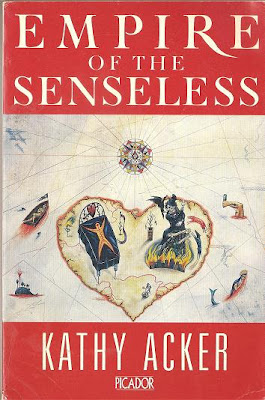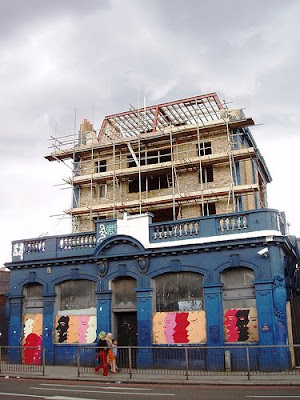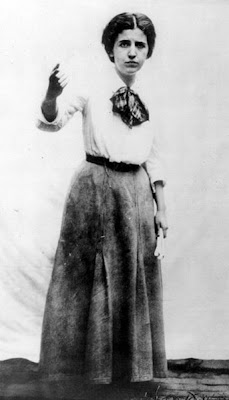Patrice Lumumba (1925-1961) was a leading figure in the struggle for the independence of Congo from the Belgian Empire. He briefly became first prime minister of the Democratic Republic of the Congo in 1960 before being overthrown and later murdered by Belgian/CIA backed forces. The following extract is from his poem May our People Triumph (
full poem here). In it Lumumba puts music and dance (and specifically jazz) at the centre of the struggle to be human in conditions of slavery and colonialism:
'Twas then the tomtom rolled from village unto village,
And told the people that another foreign slave ship
Had put off on its way to far-off shores
Where God is cotton, where the dollar reigns as King.
There, sentenced to unending, wracking labour,
Toiling from dawn to dusk in the relentless sun,
They taught you in your psalms to glorify
Their Lord, while you yourself were crucified to hymns
That promised bliss in the world of Hereafter,
While you—you begged of them a single boon:
That they should let you live—to live, aye—simplylive.
And by a fire your dim, fantastic dreams
Poured out aloud in melancholy strains,
As elemental and as wordless as your anguish.
It happened you would even play, be merry
And dance, in sheer exuberance of spirit:
And then would all the splendour of your manhood,
The sweet desires of youth sound, wild with power,
On strings of brass, in burning tambourines.
And from that mighty music the beginning
Of jazz arose, tempestuous, capricious,
Declaring to the whites in accents loud
That not entirely was the planet theirs.
O Music, it was you permitted us
To lift our face and peer into the eyes
Of future liberty, that would one day be ours.


 The movement against the M11 linkroad in Leytonstone (or Leytonstonia as we termed it then), North East London, was one of the more inspiring struggles of the mid-1990s. In particular, Claremont Road was squatted and turned into a protest site for the best part of a year before being evicted by the police in 1994's 'Operation Garden Party' The street was demolished, but like at Newbury in the same period the defeat of the immediate movement was also some kind of victory - by increasing the costs of road building these struggles led to other road projects being shelved.
The movement against the M11 linkroad in Leytonstone (or Leytonstonia as we termed it then), North East London, was one of the more inspiring struggles of the mid-1990s. In particular, Claremont Road was squatted and turned into a protest site for the best part of a year before being evicted by the police in 1994's 'Operation Garden Party' The street was demolished, but like at Newbury in the same period the defeat of the immediate movement was also some kind of victory - by increasing the costs of road building these struggles led to other road projects being shelved. 


















